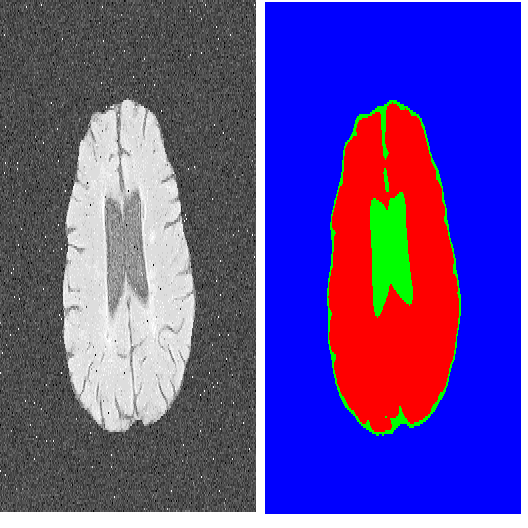The histogram of an image is the accurate graphical representation of the numerical grayscale distribution and it is also an estimate of the probability distribution of image pixels. Therefore, histogram has been widely adopted to calculate the clustering means and partitioning thresholds for image segmentation. There have been many classical histogram-based image segmentation methods proposed and played important roles in both academics and industry. In this tutorial, the histories and recent advances of the histogram-based image segmentation techniques are first reviewed and then they are divided into four categories: (1) the means-based method, (2) the Gaussian-mixture-model-based method, (3) the entropy-based method and (4) the feature-points-based method. The purpose of this tutorial is threefold: 1) to teach the principles of the classical histogram-based image segmentation methods to the interested readers; 2) to evaluate the advantages and disadvantages of these classical histogram-based image segmentation methods objectively; 3) to compare the performances of these classical histogram-based image segmentation methods with state-of-the-art deep learning based methods objectively.
翻译:暂无翻译




